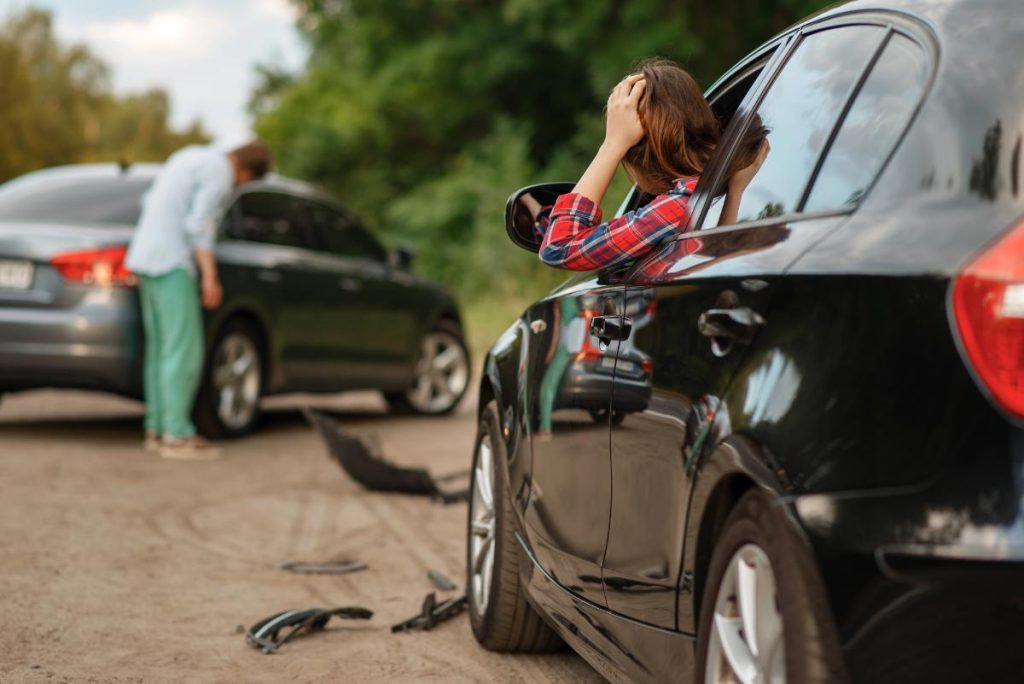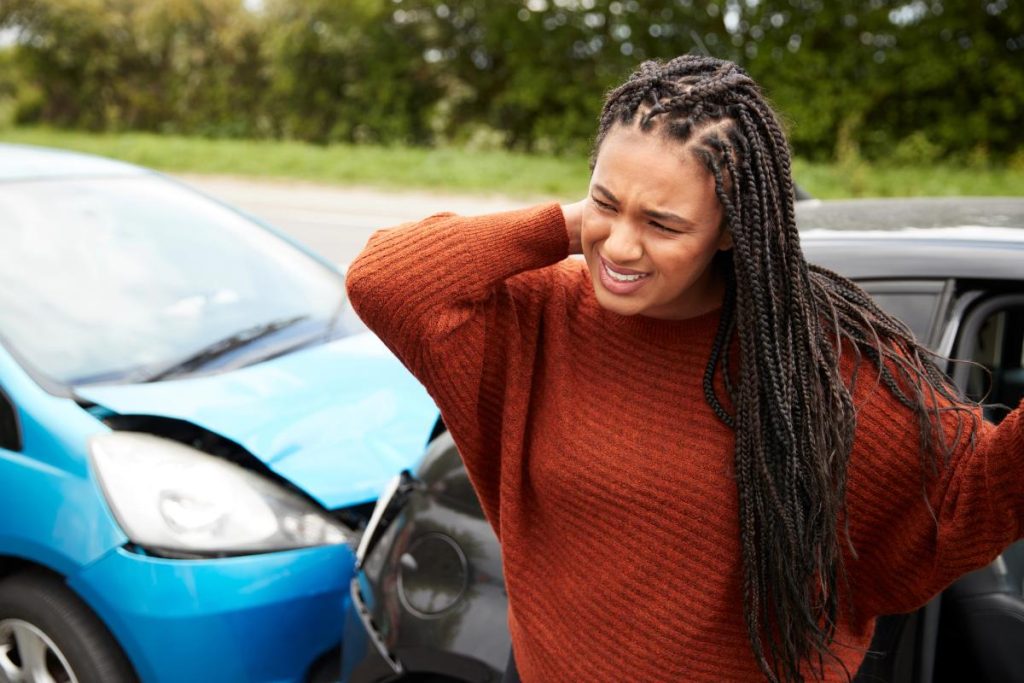
Whether it’s a quick run to the grocery store or a road trip to grandma’s, no mom ever wants to think about getting into a car accident with the kids in tow. But the truth is, accidents can happen when you least expect them, even if you’re the safest driver on the road. And when little ones are in the backseat, your first instinct is to protect them.
That’s why it helps to have a plan. Knowing what to do in those first few minutes can make a big difference in keeping everyone calm, safe, and protected—legally, medically, and emotionally. Here’s a practical guide every mom should keep tucked away (or printed in the glove box) just in case.
1. Check Everyone’s Safety First
Take a deep breath. Your adrenaline may be racing, but the most important thing right now is to make sure everyone in the car is okay. Start with yourself. If you’re seriously injured, you won’t be much help to your kids. Then check on them one by one. Even if they seem fine, kids may be too scared or stunned to speak up right away.
If anyone is injured, call 911 right away. And if you’re not sure? Call anyway. It’s always better to be safe than sorry, especially with children involved.
2. Move to a Safe Spot If You Can
If your car is still drivable and you’re not already in a safe location, gently pull over to the side of the road. Turn on your hazard lights to alert other drivers. If it’s not safe to move the car, stay inside with seat belts fastened until help arrives—unless staying puts you in immediate danger.
Let your kids know what’s happening in a calm voice. Even young kids can sense panic, so reassuring them that you’re taking care of things helps keep their anxiety down.
3. Call the Police (Yes, Even for Small Accidents)
A lot of people skip this step in fender benders, but when children are in the car—or if there’s damage or injuries—it’s best to call the police. An official accident report is helpful for insurance claims and gives you protection if any issues come up later.
Tell your kids the police are coming to help and make it feel less scary by explaining that it’s part of how grown-ups solve problems after a crash.
4. Document the Scene Like a Pro
This is where your phone becomes your best friend. Take clear photos of:
- Your car and any damage (close-up and wide shots)
- The other vehicle(s)
- License plates
- Street signs or traffic signals
- Anything that might have contributed to the accident (like a pothole or blocked sign)
Jot down notes while the details are still fresh. What happened, how fast you were going, weather conditions, etc. If your kids are old enough and want to help, give them a simple task like taking photos from inside the car or handing you your insurance card.
5. Exchange Information the Right Way
You’ll need to swap details with the other driver—just the facts:
- Full name and contact info
- Insurance company and policy number
- Driver’s license and license plate number
- Vehicle make, model, and color
Keep the conversation short and neutral. Don’t admit fault or say things like “I’m so sorry”—even if you’re just being polite. Those words can be misinterpreted later on.
6. Notify Your Insurance Company
Once you’re safely home or in a quiet place, call your insurance provider to report the accident. Stick to the facts and avoid speculating about who’s at fault. Most companies now allow you to upload photos and notes right from your phone, which can speed up the process.
Let your kids play, nap, or watch a show while you handle the call. After the adrenaline wears off, they’ll likely need some downtime too.
7. Know When to Call an Expert
If anyone was injured, if there’s significant vehicle damage, or if the accident involves an uninsured driver or unclear fault, it’s a smart idea to talk to an auto accident lawyer. They can walk you through your options and make sure your rights and your family are protected.
Especially with kids involved, having a legal expert can give you peace of mind while you focus on their care and recovery. You don’t have to handle it all on your own.

Bonus Tip: Check in With Your Kids Emotionally
Even if the accident was minor, it can still be upsetting. Kids may seem fine but feel nervous about getting back in the car later. Let them talk about it, ask questions, or even draw pictures of what happened. It’s a healthy way to process things and help them feel safe again.
You can also reassure them that car seats did their job, the grown-ups handled things well, and that they’re safe now. That sense of security goes a long way.
What to Remember When the Unexpected Happens
No mom wants to think about car accidents, but being prepared is one of the best gifts you can give your family. Print these steps and keep them in your glove box or notes app so they’re right there if you ever need them. Because in a moment of chaos, knowing what to do can bring calm; and that calm helps your kids feel safe, too.
